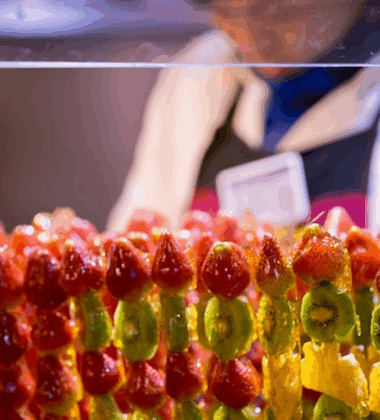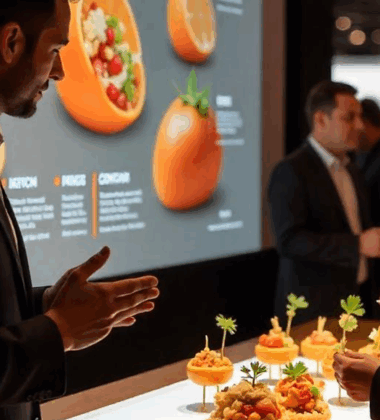Innovation isn’t just about launching the next flashy product—it’s about anticipating evolving consumer demands before they arrive. In an age of accelerated change, future-proofing your product line is no longer optional. It’s a strategic imperative.
The Global Products Expo, set to take place from June 26–28, 2025, at the New Jersey Expo Center, will serve as a forward-looking platform where brands, developers, and thought leaders gather to explore tomorrow’s product landscape. Here’s how your brand can stay ahead of the curve and design with the future in mind.
Why Product Innovation Needs a 2030 Mindset
Most products are created to meet present-day needs. But leading companies are already looking 5–10 years ahead to identify:
- Shifts in consumer expectations
- Emerging technologies
- Cultural transformations
- Environmental and social imperatives
Adopting a 2030 mindset empowers you to design smarter, adapt faster, and stay relevant longer.
Key Consumer Expectations Shaping the Future
1. Hyper-Personalization at Scale
Consumers will demand product experiences tailored to their biology, preferences, values, and habits—powered by AI, wearable data, and real-time feedback loops.
Think: Nutrition bars customized to your DNA or skincare that adapts to your climate and hormones.
2. Sustainability as Standard
By 2030, sustainability won’t be a bonus—it will be baseline. Expect greater scrutiny on sourcing, manufacturing emissions, packaging life cycles, and recyclability.
Future-forward brands are already embedding carbon tracking and circular design principles into R&D.
3. Transparency and Traceability
Consumers will want to know where every ingredient or material came from, who made it, and how. Blockchain-backed traceability and radical honesty will define brand trust.
4. Tech-Infused Everyday Products
Whether it’s smart textiles, AR packaging, or health-tracking supplements, consumers will lean toward products that merge the physical and digital worlds.
Bonus: Gen Alpha will come of age with fully digital shopping expectations. Start designing for them now.
5. Values-Driven Purchasing
People will align with products that reflect their ethics. Issues like equity, diversity, climate justice, and animal welfare will be decision-drivers—especially for Gen Z and beyond.
Innovation Hot Zones to Explore in 2025–2030
To stay on the radar of future consumers, focus your product innovation around these domains:
- Functional Food & Wellness Tech
- Modular, Refillable, or Zero-Waste Packaging
- Biotech Ingredients (e.g., lab-grown dairy, cultivated meat)
- Emotion-Aware Tech (e.g., mood-responsive products)
- Localized Manufacturing & 3D Printing
- Augmented Sensory Experiences (e.g., scent, sound, texture integration)
How to Start Future-Proofing Your Product Line Today
- Conduct Trend Mapping Exercises
Use foresight methodologies to anticipate socio-economic and cultural changes that may impact your category. - Collaborate with Futurists and Next-Gen Consumers
Involve Gen Z and Gen Alpha in product co-creation labs. They’ll shape your future market. - Design for Adaptability
Products should be upgradeable, modular, or easily adapted as user needs evolve. - Test in Experimental Environments
Trade shows like The Global Products Expo offer safe innovation labs. Use them to test concepts, gather feedback, and network with cutting-edge developers.
At the Expo: Where the Future Meets Now
At The Global Products Expo 2025, you’ll find:
- Future-product demos and prototypes
- Innovation-focused speaking tracks
- Collaboration zones for product developers and brand strategists
- Feedback opportunities from early adopters and buyers
The expo is your chance to validate ideas, meet partners, and gain exposure before launching into mainstream markets.
Build What Comes Next
In a world of shifting values and volatile markets, the most resilient brands are those that innovate with purpose and foresight. Looking ahead to 2030 isn’t just an exercise in speculation—it’s a roadmap for building relevance, trust, and competitive edge.
Product innovation isn’t just about what’s possible—it’s about what will be expected. And now is the time to prepare.





